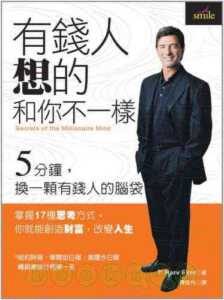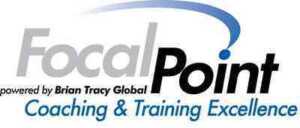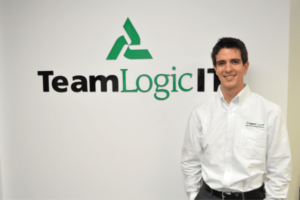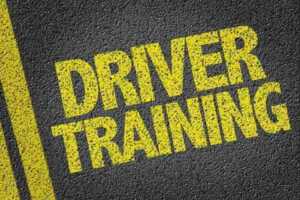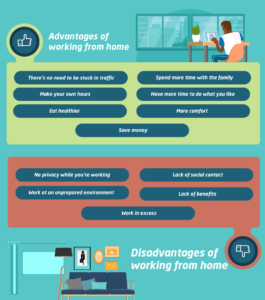I know an enterprising girl who recently opened a clothing store.
He rented a large house for his store in an executive area of the city, with several parking spaces in front. She bought the shelves, I remodel the place, I paint it very elegant white and then I fill it with very nice and modern youth clothes.
He hired a couple of clerks to cover customer service and cashier shifts. Everything seemed very good until as the days went by, he realized that he attracted very few customers especially for the huge shopping center that brought together several competitors just a few blocks away.
Maybe I need more publicity, he thought. But his budget did not go for much so he spent what was left of his capital on some billboards and social media campaigns.
The frustration did not take long to appear and the question that ran through his head was what am I doing wrong? …
Validating your business idea
Would you dive into a pool without water?
Definitely not. However, many entrepreneurs thinking that their idea is unique and that therefore it will change the world and their lives forever, make the mistake of jumping into the water with great enthusiasm but little strategy, encountering a series of obstacles that unfortunately in many cases end. drowning out cool ideas.
Let’s accept it. Having a business idea to some extent is the easy part.
But, having a creative, innovative, profitable idea with great potential to build a great business, that’s another story.
The difference between a model of success or failure surely lies in the possibility of validating the idea before making a large investment in everything that a business represents.
But what is validating an idea?
To define it in simple words, the validation of an idea is a process or a strategy that allows you to size the possible acceptance of your product or service and the existence of a potential market that turns it into a business idea worth fighting for.
And is that in real life many things happen from the moment of the conception of an idea to the point where it becomes a profitable business. Which is what we all ultimately want.
Nobody creates a new product or launches a new service without the interest that it is highly attractive to many people. However, uncertainty is the main obstacle to overcome in the process of executing this idea.
That is why the concept of validation was born, whose main objective is to reduce that uncertainty gap and bring the entrepreneur closer to the greatest possibility of success by making the picture clearer.
Validating an idea has to do with:
- measure the market
- estimate price acceptance
- measure your investment capacity
- adapt your product to customer expectations
- measure your model against the competition
Hence, the validation process of your business idea must be carried out as part of the entire business execution plan and it is a phase during which you can more clearly determine the costs in time and money of continuing with the project.
So before investing in all the development of product creation, opening a store or continuing with the assembly of the structure of a new company, I suggest you ask the following questions that will help you put your ideas in order:
- Is my product a real solution to some latent problem?
- Is the problem so important that people would pay for it?
- Have you investigated if there are similar solutions already in place?
- If the answer above is positive, ask yourself: how well are they doing?
- Also ask yourself what are they not doing well that I could do better?
Some strategies to validate your idea.
Put Your Idea In Detail
A first tip during the process is to describe your idea in detail. A common misconception is that the basic idea is enough to get started.
Before doing so, it is important to clearly describe who will do what in the business and define where the resources will come from. Answering the most common questions like the ones described in this guide will help you clarify many questions.
Putting every detail on paper is a creative exercise that helps to shape our business model and detect possible unforeseen events before going on the go.
Minimum Viable Product (PMV)
This popular strategy is to develop a minimal version of your product that allows you to perform all the measurements described above.
An MVP or minimum viable product is that version of your product with the basic characteristics that at a much lower cost will help you determine acceptance by the potential market.
In this way you will be able to obtain a large amount of valuable information to be able to align the objectives of your project and give the most precise form to the solution you intend to commercialize, based on the feedback that customers give you.
Starts Small
Another great value strategy, simple as it may seem, is the idea of starting small.
Think big, but start small, said someone very wise.
This has to do with thinking about as little infrastructure as possible before fully launching into a larger project.
For example, you don’t need to develop a complete application and pay thousands of dollars to realize that it was suddenly not fully accepted by your customers.
Nor do you need to pay for the entire infrastructure of an online store and fill a warehouse with product to start selling online.
You can start with a landing page or with a couple of product lines to test your online marketing system and your logistics and then gradually grow.
Write down everything your research throws up
For validation to have a positive and effective effect, it is important that you write down and analyze everything that people give you during the research process.
Write down their comments. What they like, what they don’t like, what they could improve on. Write down their perception of prices, benefits, downsides, perceptions, and anything else that helps you shape your solution.
“If you want to be a millionaire, solve a problem for a billion people.” – Peter Diamandis
Finally, analyze all the information and make gradual improvements.
In fact, the validation process is a cycle in which you must propose, validate, measure and provide feedback and do it again until you have everything clear and in tune enough to take bigger and safer steps.
Carrying out this process of validating a business idea will certainly not make things go faster, but it does guarantee that you will reach a safer port and that your resources will be optimized in a better way.
Testing and gradually adapting your products can take months but it is ultimately the most likely path to a successful venture.

